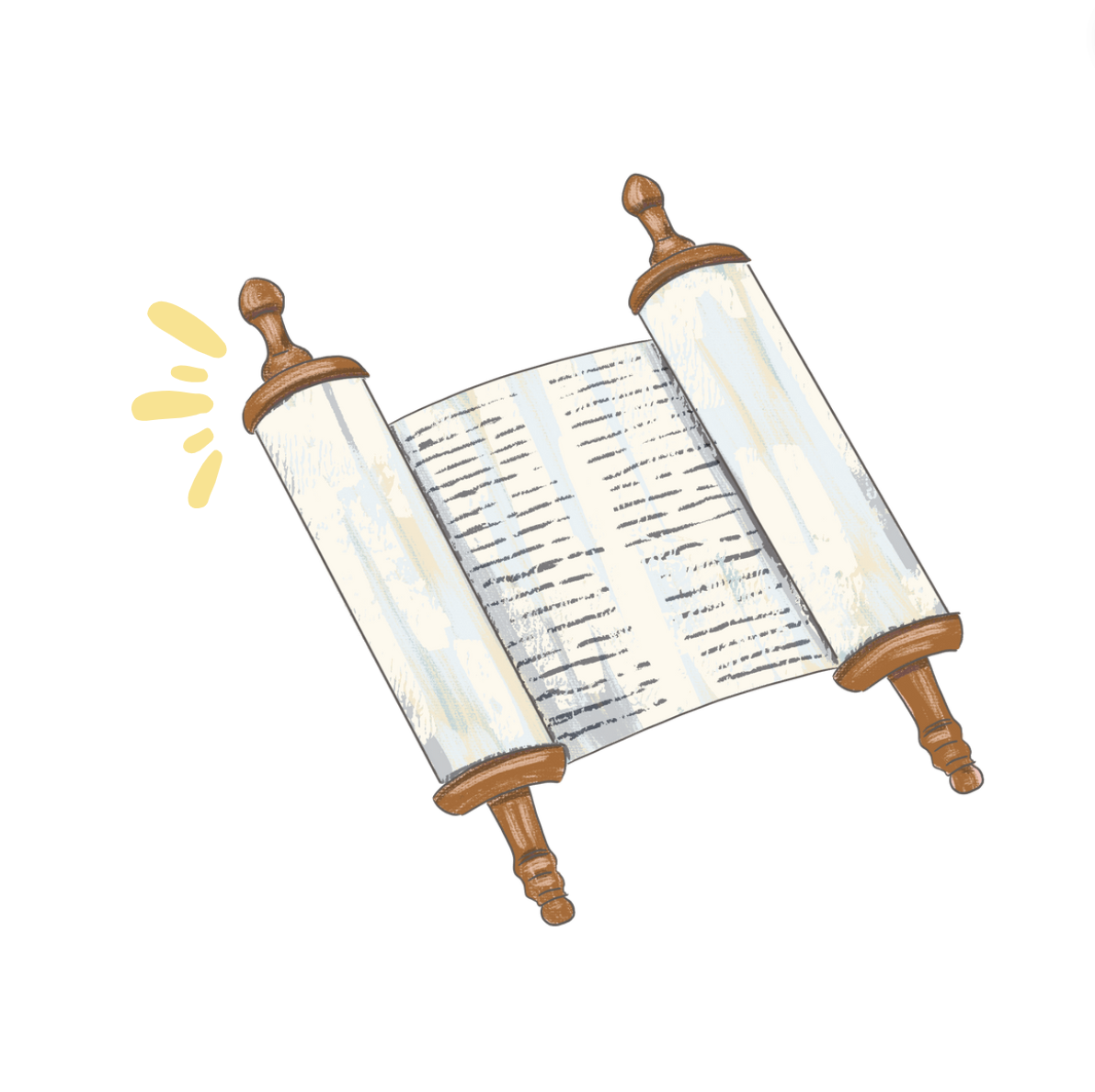After our journey through the High Holy Days, I am always excited when we reach the holiday of Sukkot. The excitement is in the name, as Sukkot is often called Z’man Simchateinu, or “The Time for our Rejoicing.” There are many customs for Sukkot: Building a Sukkah, a temporary outdoor dwelling in which we can eat, hang out, and even sleep; inviting guests to share the Sukkah; and praying for rain in the land of Israel (Sukkot marks the beginning of the rainy season there). But one of our most interesting and most puzzling customs is the shaking of the lulav, and it is the one that people ask me about the most.
The Torah commands us to take four different types of plants: a palm branch (lulav); a myrtle branch (hadas), a willow branch (aravah), and a citron (etrog), also called the “fruit of the beautiful tree” (Leviticus 23:40). Later, the Talmud tells us to bring these different species together and shake them in every direction (Sukkot, 37b). But it doesn’t tell us why.
Many Jews who came before us were similarly puzzled by this practice. How does shaking plants have anything to do with our religious lives? Explanations abound. Some say that the sound that the branches make when they are shaken reminds us of the sound of the rain. Some say that these beautiful plants help us to recognize the bounty of the natural landscape of Israel. But one of my favorite explanations is from a 13th century work of Jewish Law called Sefer HaChinukh, which explains all 613 commandments of Judaism. The anonymous author writes the following:
These four species are similar to the precious limbs of a human being…The citron is similar to the heart, which is the dwelling place of the intellect…the lulav is similar to the backbone…the myrtle [leaves are] similar to the eyes…and the willow [leaves are] similar to the lips (Sefer HaChinukh, 324).
If you look at the lulav, it is striking how each of the plants resembles these different parts of the body. The author claims that all of the parts of the human body have a role to play in praising God, and that when they are brought together, humans can reach the Divine in new ways.
Throughout Rosh Hashanah and Yom Kippur, we spent time focusing on our goals and aspirations in the new year. On Sukkot, the lulav provides this tangible metaphor for how we can achieve those goals and turn our aspirations into reality. The upright palm branch reminds us to have integrity and to act ethically in all of our interactions. The myrtle leaves remind us to be thoughtful in how we see the world. The thin leaves of the willow remind us that the words of our lips have a great deal of power. The etrog reminds us that our hearts can always be open, ready to show each other compassion and kindness.
As we approach Sukkot and shake the lulav together, may we fulfill our hopes for this new year, and find many reasons to rejoice.
Shabbat shalom, and Chag sameach,
Deena

